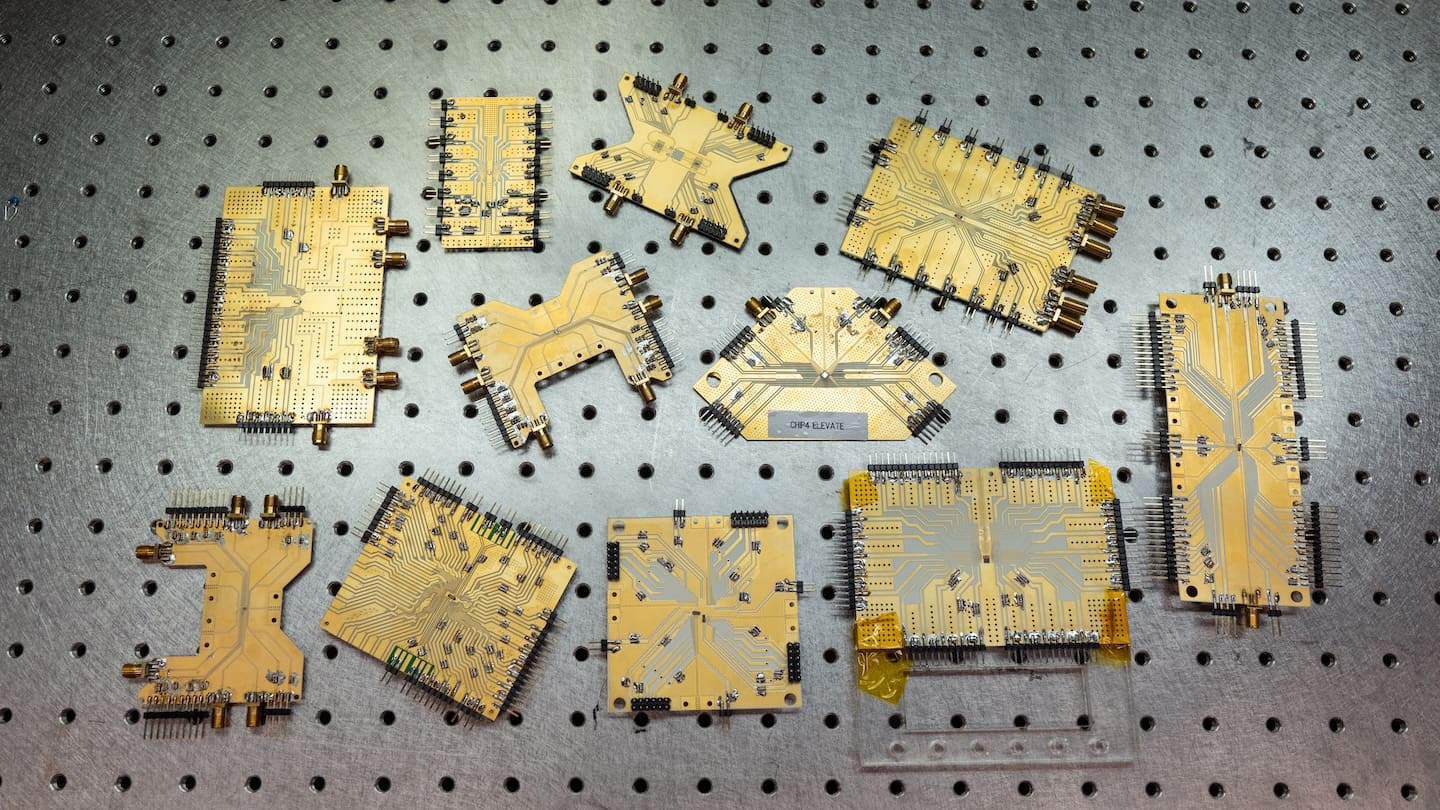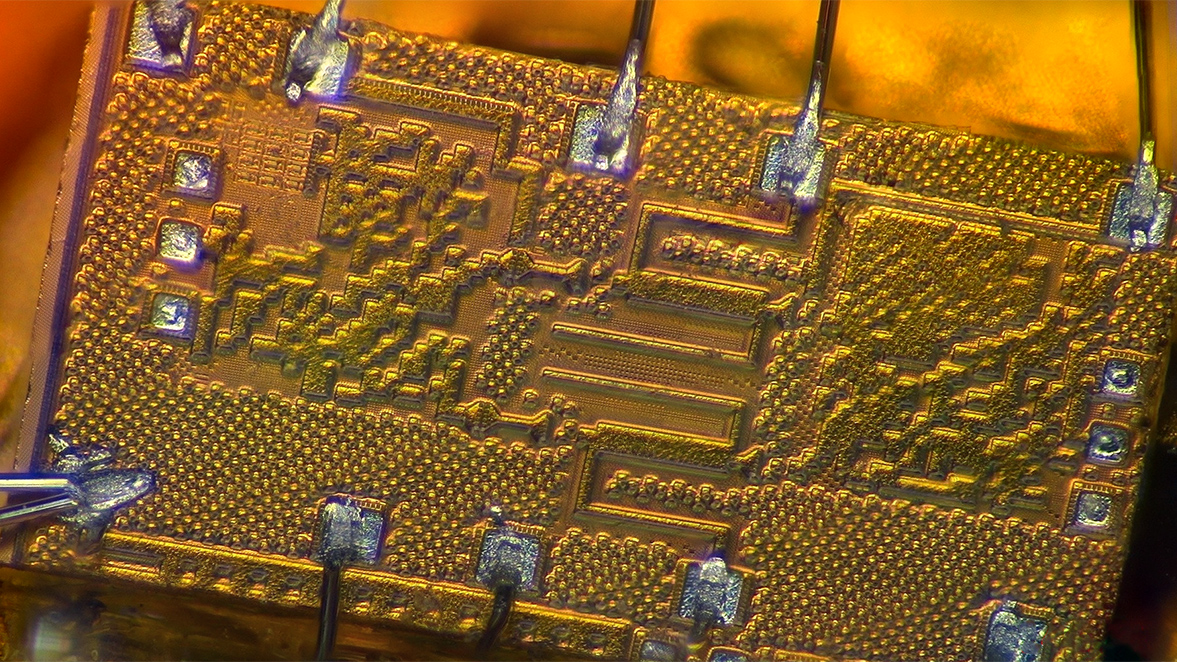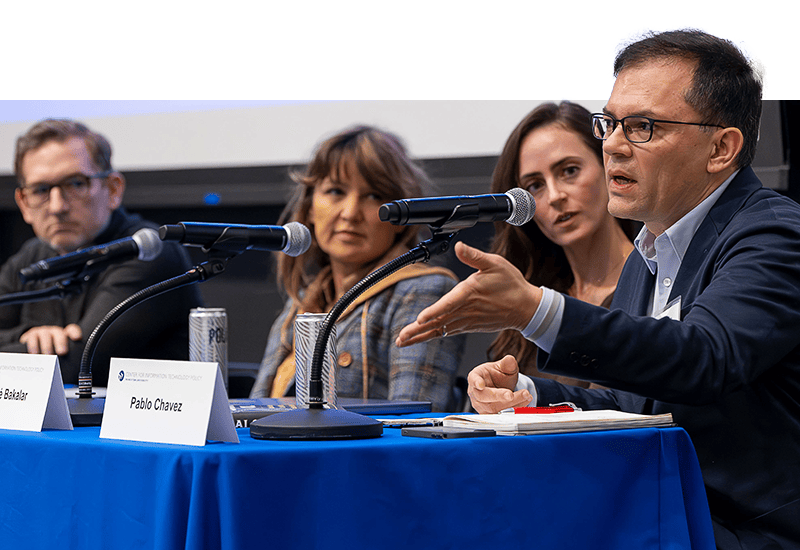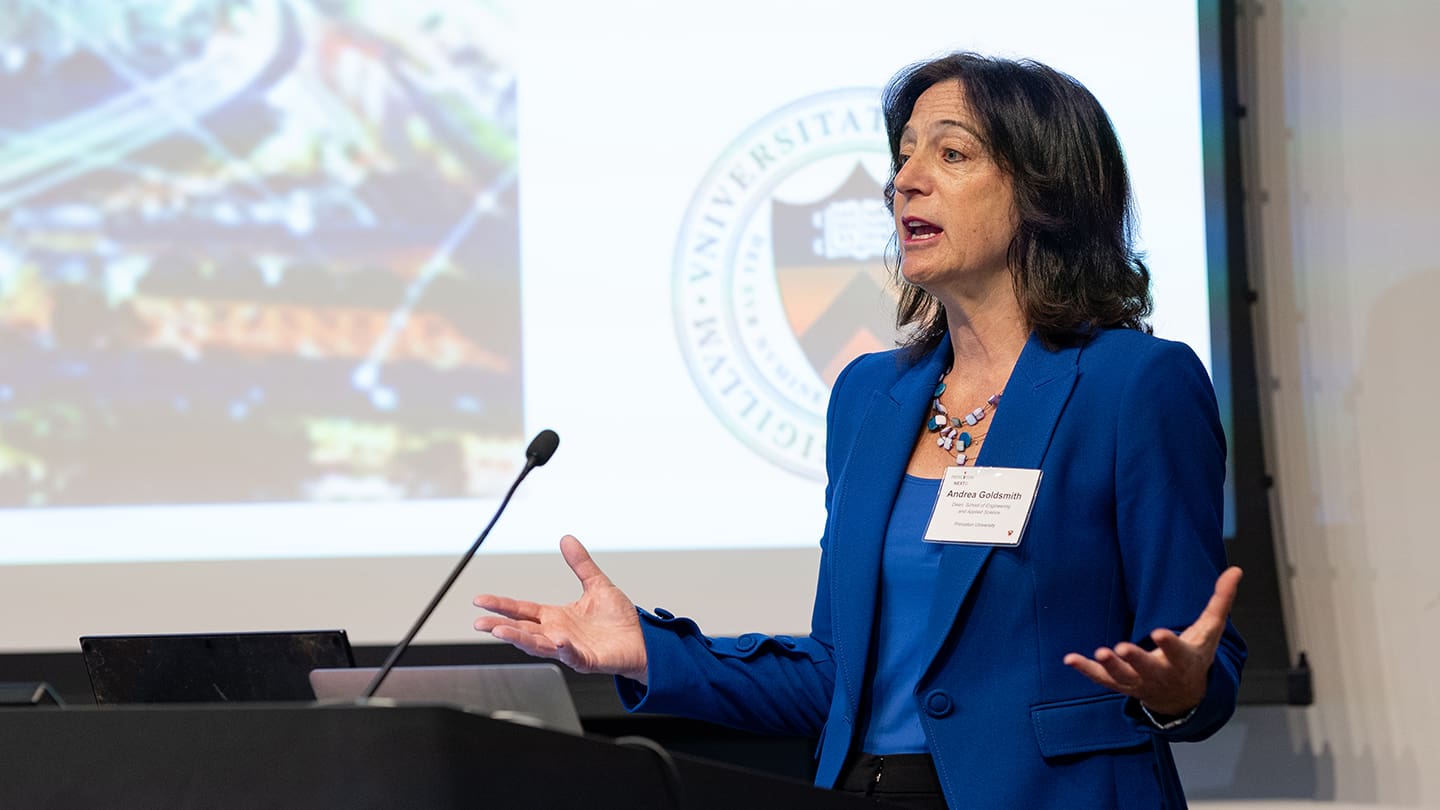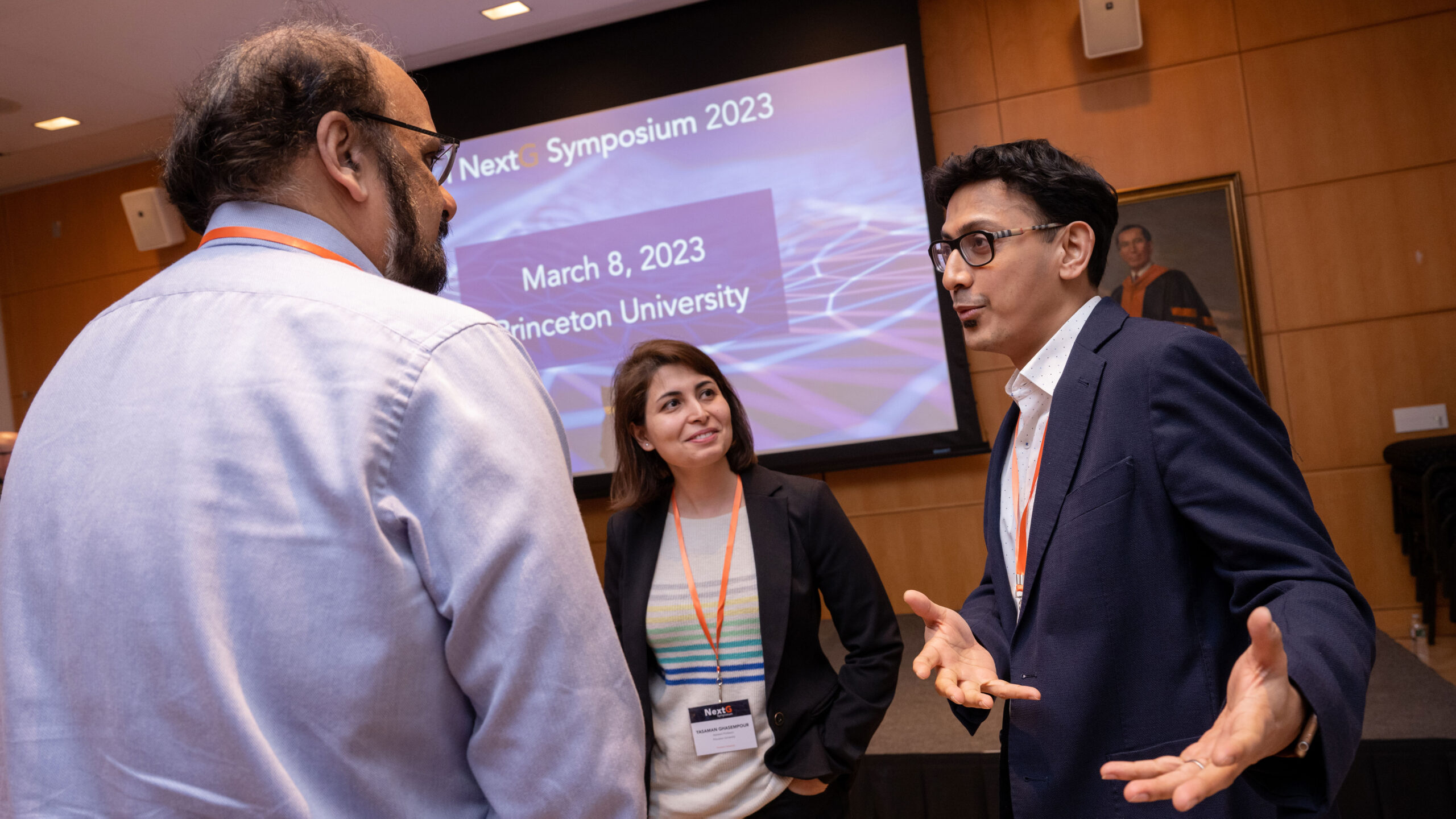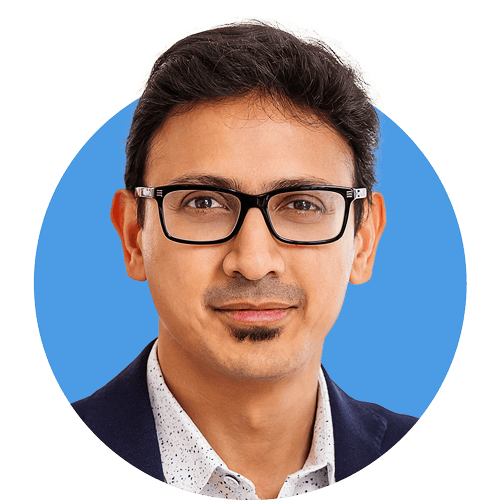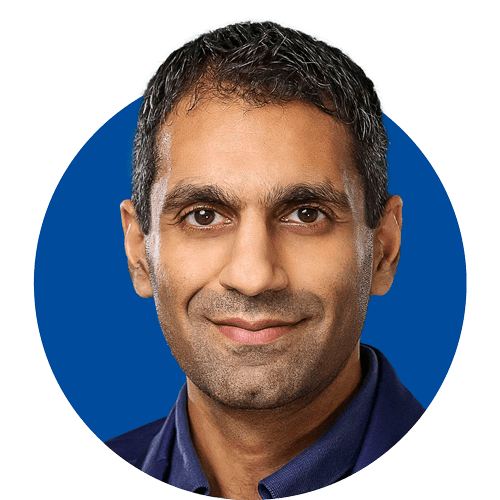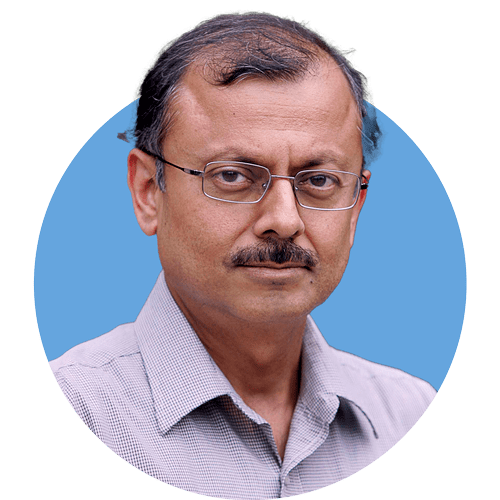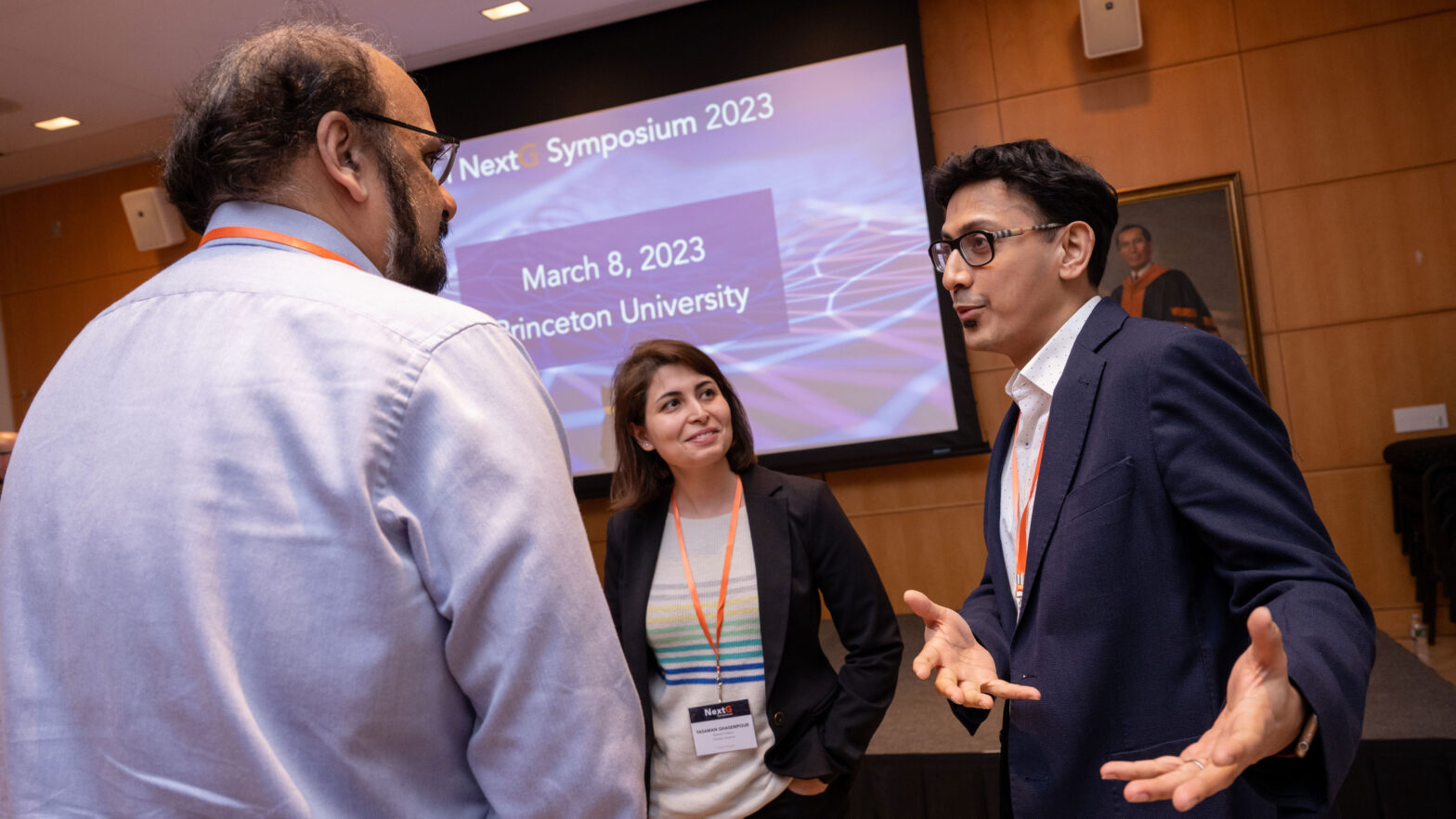
Tech leaders convene to discuss the future of wireless communication
By
on
Experts from industry, academia and government gathered to discuss the future of wireless technologies at the inaugural Princeton NextG Symposium on March 8. The conversation featured broad discussions on the nature of collaboration in an era of big federal investment. The event marked a step forward for Princeton’s NextG initiative, which is harnessing the engineering school’s breadth of expertise in wireless and network technologies to create high-impact solutions that benefit society.
“I don’t believe we can innovate in any area of technology without strong partnerships between academia and industry,” said Andrea Goldsmith, dean of Princeton’s School of Engineering and Applied Science. “We need each other to ensure we drive the best and most impactful technology.”
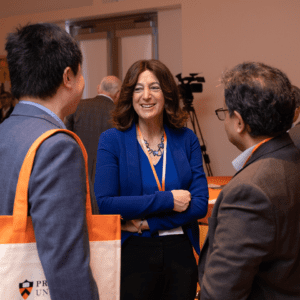
The meeting featured talks by executives from Samsung, Qualcomm, Texas Instruments, Ericsson, Microsoft and other market leaders, as well as government agencies including the Department of Defense, the National Science Foundation and the National Institute of Standards and Technology.
Keynote speaker Ahmad Bahai, CTO of Texas Instruments, said the ballooning costs of risky infrastructure investments had impeded innovation in the recent past, but that the sort of partnerships proposed at this meeting could break through some of those barriers. “There are some interesting technical challenges which are fit for this environment of university and industry collaboration,” he said.
One of the event’s organizers, Kaushik Sengupta, urged attendees to consider new ways to come together and solve the field’s grand challenges. He said the demands of emerging technologies, from autonomous cars to robotics and medical devices, will require a generational expansion of wireless capabilities, a global effort that engineers have dubbed NextG.
“Think about how we reimagine future cities and sustainability,” said Sengupta, an associate professor of electrical and computer engineering. “How do we reimagine democratized skill building and education? How do we empower people with low-cost healthcare? How do we ensure broadband access? All of these questions are inextricably linked to the information network fabric that we invent, and so the goal here is to address those questions that are important.”
With unprecedented federal investments, he said, “the lines have been redrawn.”
He also previewed the launch of a new corporate affiliates program that will draw on Princeton’s broad excellence in NextG technologies to form strong industry partnerships. He said Princeton’s students are working at every layer to solve the most complex problems in NextG communication. Industry representatives were quick to point out how a program like this can lead to job opportunities for students down the line.
Princeton’s leadership in wireless technology goes back decades. H. Vincent Poor, the Michael Henry Strater University Professor, who has worked on wireless networks and signal processing since the 1970s, is among the most cited researchers in his field. Goldsmith, the Arthur LeGrand Doty Professor in Electrical and Computer Engineering, laid the ground rules for today’s WiFi and cellular networks and co-founded Quantenna Communications and Plume WiFi.
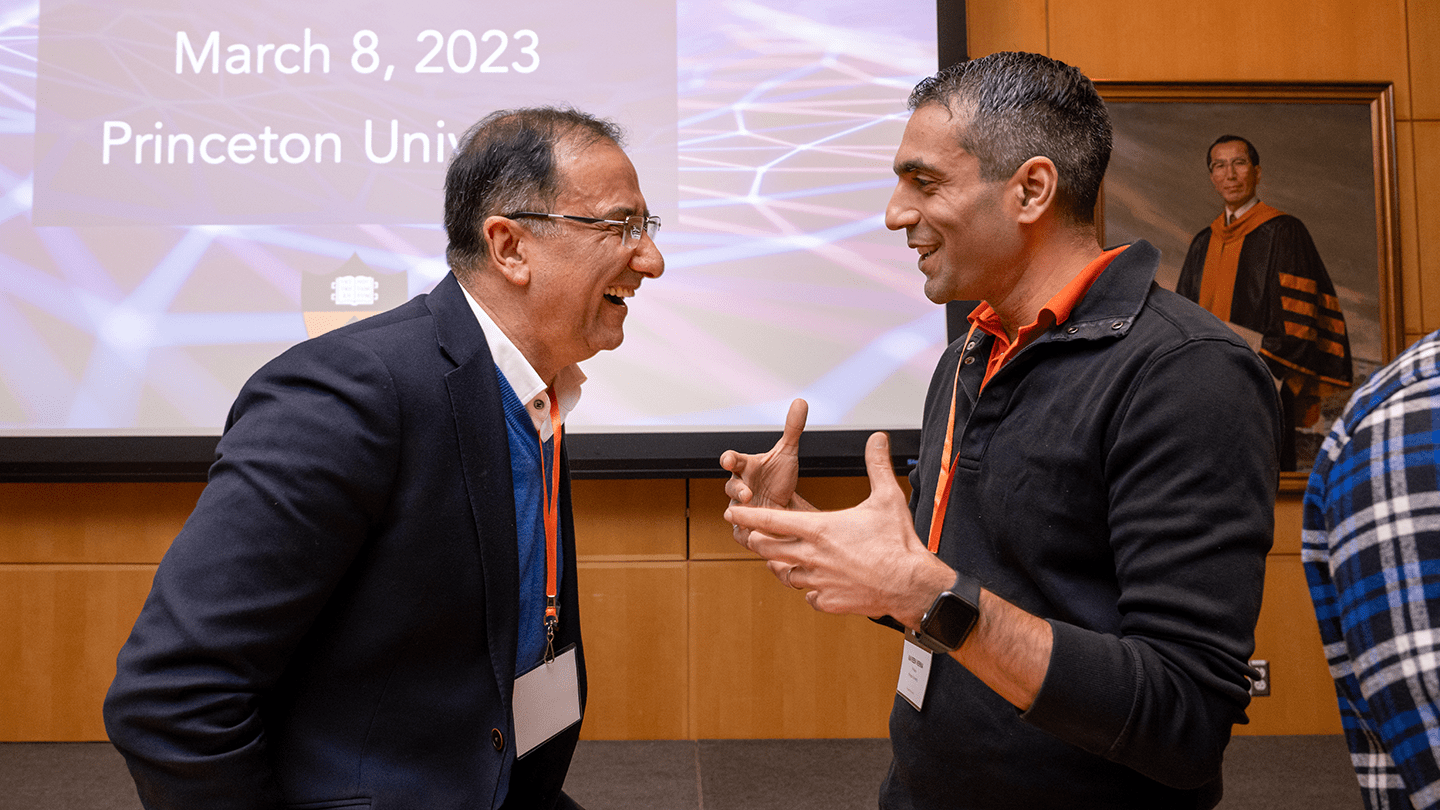
The event featured in-depth discussions that cut across many dimensions of the field, from deep research to consumer products, and addressed every layer of the technological stack.
“It’s quite remarkable the breadth of topics we covered in the broader context of how to invent the future of connectivity,” Sengupta said. “To this end, an academia-industry partnership with strong favorable government policies is indispensable.”
Several Princeton faculty members showcased recent innovations from their labs. Naveen Verma introduced a revolutionary in-memory processor built to meet the computational demands and energy constraints of modern AI applications. Niraj Jha demonstrated health-monitoring systems that leverage consumer devices to accurately predict diabetes, COVID-19 and certain mental health disorders. Yasaman Ghasempour showed off systems that operate at terahertz radio frequencies, carrying much more data than today’s most advanced commercial or military-grade systems.
Ghasempour, one of the event’s organizers and an assistant professor of electrical and computer engineering, said industry and academia are seeking ways to build on each other’s strengths, namely academia’s ability to grapple with long-term problems and industry’s ability to scale those solutions.
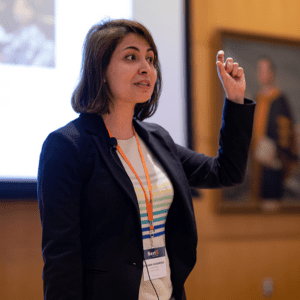
She said the federal cash infusion provided an opportunity for industry to look farther ahead and academia to think through pragmatic near-term problems. “Given the momentum around next-generation networks technology, it is now the best time to revisit and find new ways to collaborate and partner,” she said. “There is a gap in terms of the university-industry collaboration on NextG technology, which we hope to fill with this initiative.”
One of the panels, moderated by Ghasempour, focused on how to leverage the new corporate affiliates program to drive bold new innovations, rather than incremental progress. “Every time we have a breakthrough, every time we have a new disruption, a lot of those ideas come from academia [and] university collaborations,” said Charlie Zhang, Senior Vice President at Samsung Research.
“It is the business disruption that allows innovation to flow,” said Victor Bahl, CTO of Microsoft Azure for Operators.
Zhang said rather than limiting the imaginations of professors and students by imposing short-term goals, industry partners should open a dialogue so that each party plays to their strengths. “Dialogue is the most important thing,” he said.
The other panel, led by Goldsmith, discussed how such collaborations could help “reclaim and retain” U.S. leadership in NextG technologies following an era of slow growth. Goldsmith serves on the President’s Council of Advisors on Science and Technology and attended the signing of the 2022 CHIPS and Science Act.
“U.S. leadership in technology has driven economic prosperity and national security for decades,” she said. “And we’ve never before really been in a situation to lose that dominance until now.” She said a combination of factors led to this decline, especially in the wireless field: a lack of investment, an attenuation of academic interest, and the intellectual silos created by proprietary hardware and software systems for information and communication technology.
But she was bullish about the future. She called the $300 billion legislation the largest investment in science and technology “in a generation or two. And it’s not just throwing money at the problem,” she said. “It’s trying to break down into some of these challenges to really get us back to the forefront of innovation and impact in this area.”

